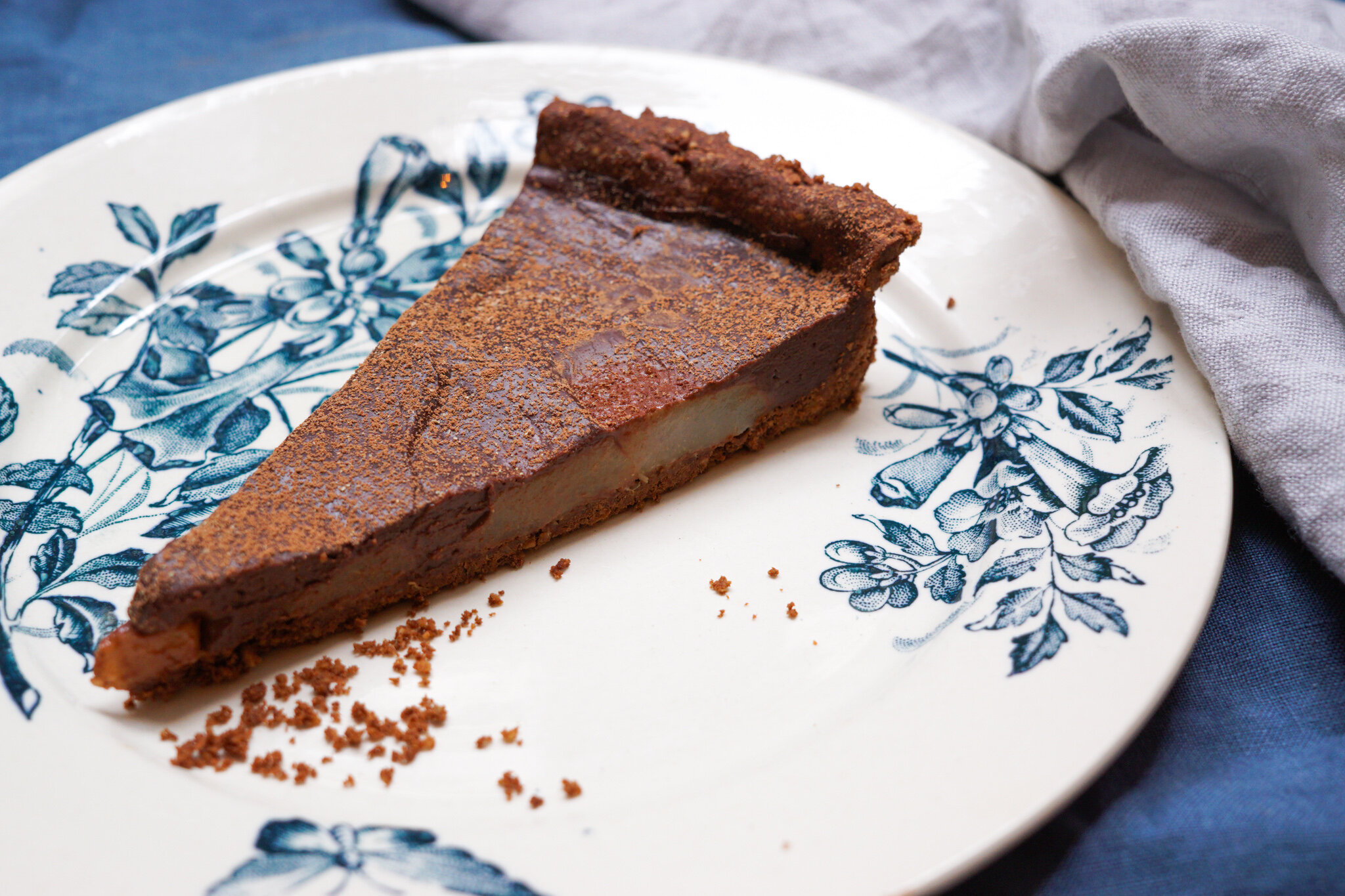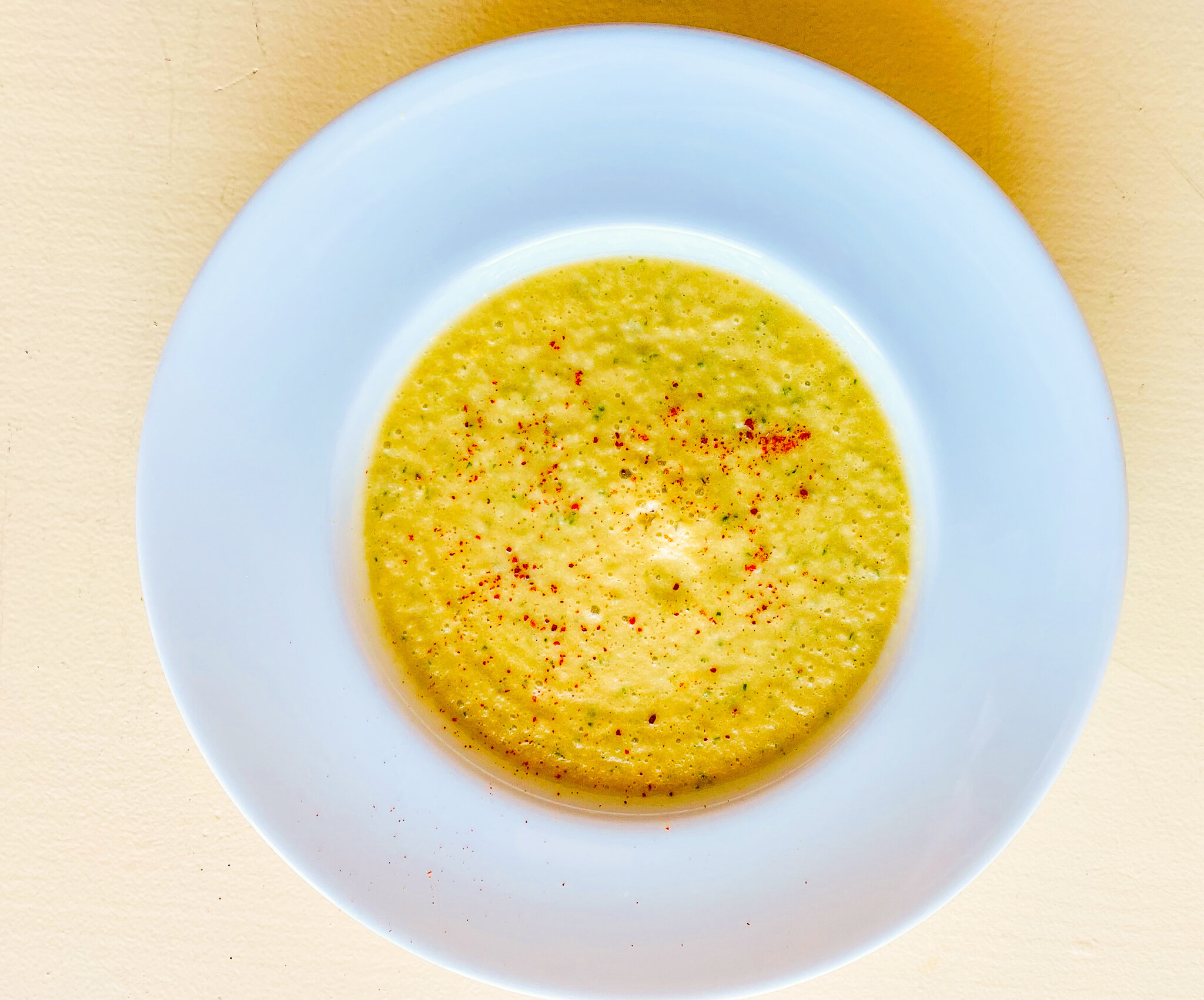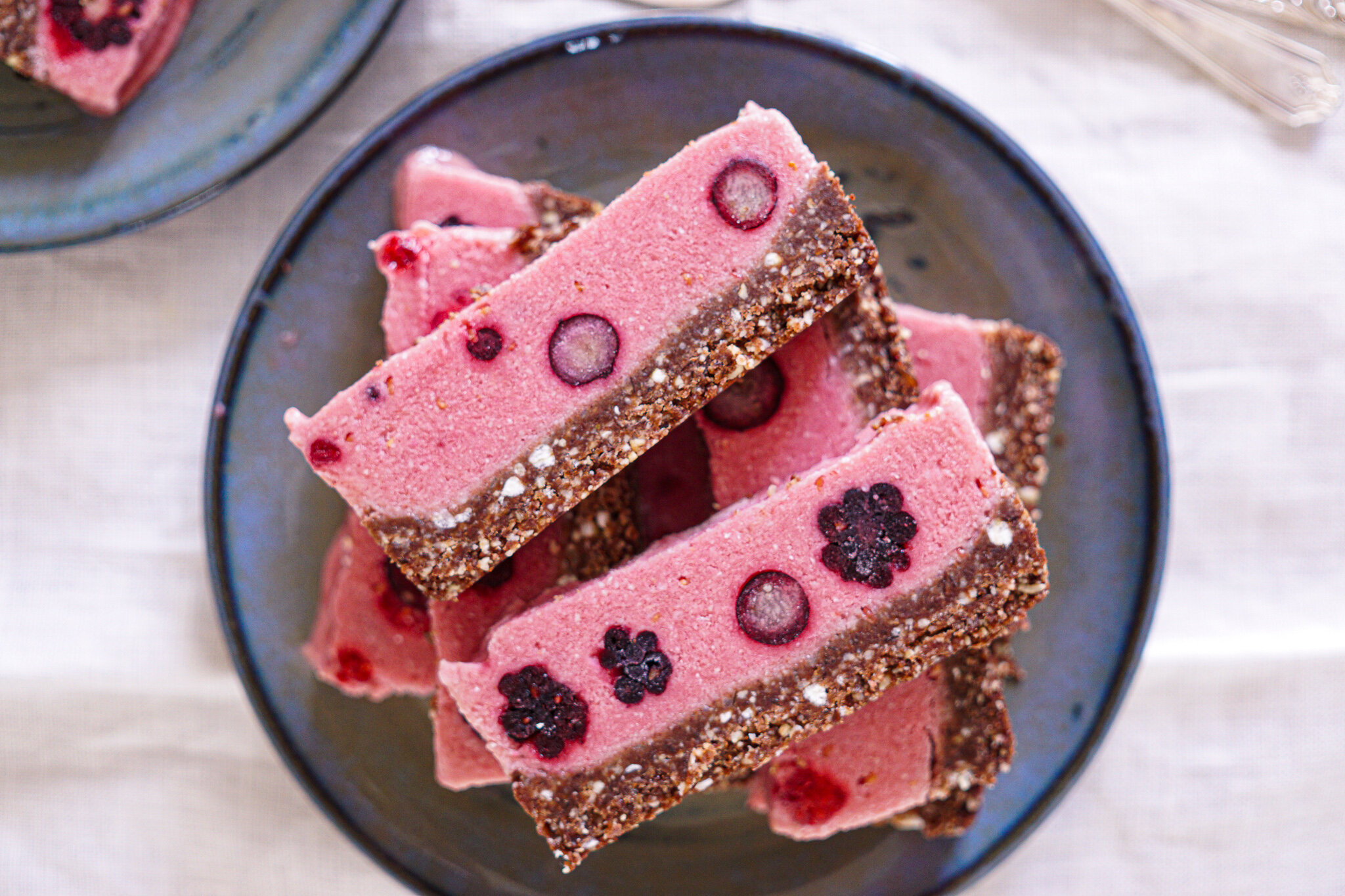This simple and fragrant recipe is inspired by a version discovered in a little shop in Nice in the south of France many years ago, and it’s still as appealing as ever. Dried figs are an incredible way to enjoy this sweet and sticky fruit well beyond its relatively short season. Combined with the bright, licorice notes of fennel seeds and the crunch of freshly cracked, earthy walnuts, you have an instant flavor-bomb snack on your hands that you can pair with a glass of wine, add to a cheese tray, or enjoy all on it’s own as a dessert.
Niçoise Figs
Makes 24 stuffed figs
Ingredients
24 dried figs
Several tablespoons fennel seeds
24 freshly cracked walnut halves
Several bay leaves, preferably fresh
Method
Halve each fig, leaving the fruit still attached at the bottom. Stuff each fig with a few fennel seeds and a walnut half. Press each fig closed.
If serving immediately, arrange the figs and bay leaves on a small platter.
To have on-hand as a snack over a week or so, layer the figs and the bay leaves in a large glass jar. Cover securely and let ripen for several days. Note that bay leaves are only for decoration and should not be consumed!
This is a Nourish the Planet recipe, part of a collaborative series by Patricia Wells and Emily Buchanan.
© 2020 – All rights reserved. Please do not reproduce without permission.
Find our more here about why we created this series.























